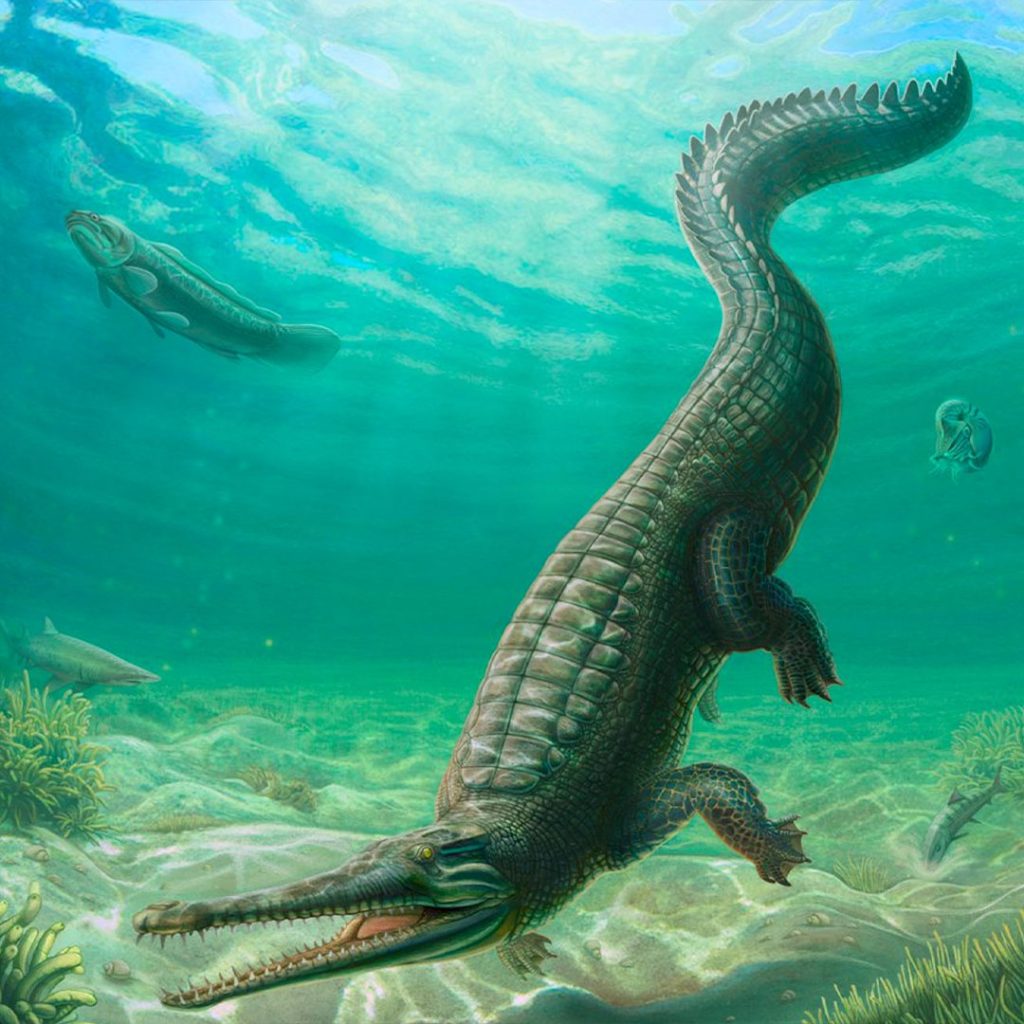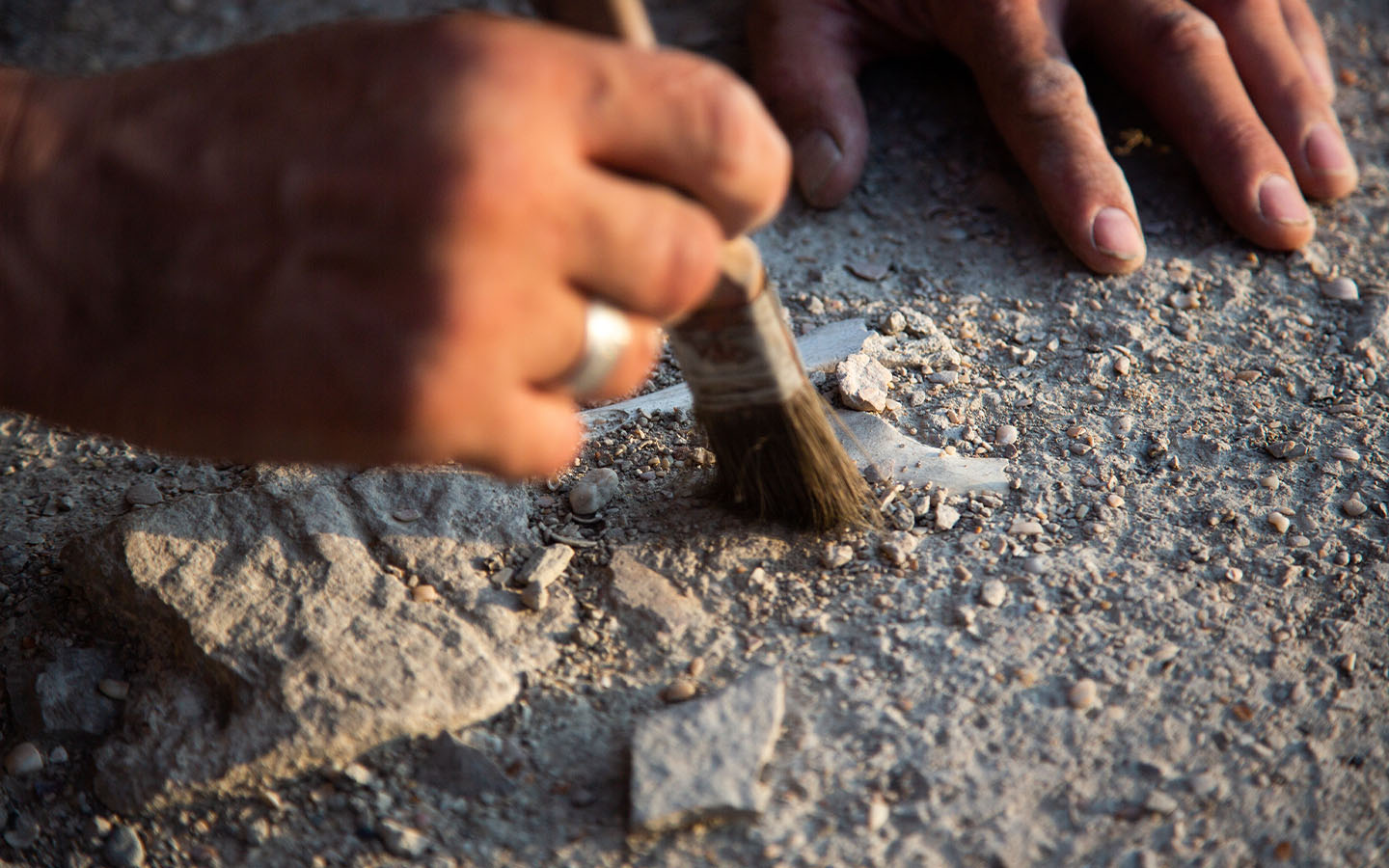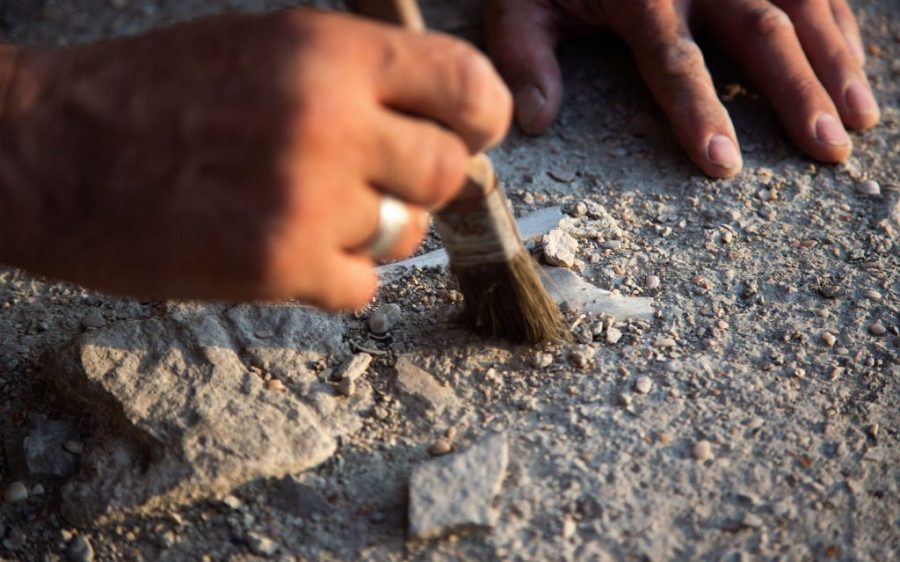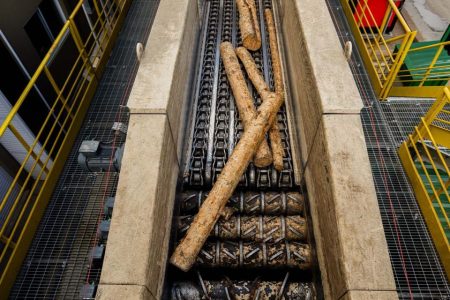Researchers from Nova University Lisbon announced last month the discovery of a new prehistoric marine crocodile in Angola, offering new insight on their evolution, reports SIC Notícias.
Palaeontologist Archi Maréchal led a team from the Faculty of Science and Technology (FCT) at Nova University on the dig near the southern Angolan village of Bentiaba in 2017. The fossil was then transported to the Lourinhã Museum in central Portugal for examination.
Belonging to the family Dyrosauridae, a now-extinct group of large marine reptiles related to modern crocodiles, the fossil was dated to the Maastrichtian (72.2–66 million years ago), making it one of the oldest representatives of this group ever found. Rigorous analysis of the specimen – comprising the posterior portion of the skull, a palate fragment and tooth – led the team to identify it as a new species of Hyposaurinae, with an elongated snout adapted to marine life.

“What we discovered suggests that these marine crocodiles not only survived the catastrophic event that wiped out the dinosaurs,” explained Maréchal in an FCT press release, “but were already well established in the southern seas before that.”
Dyrosauridae are among the few clades of large marine vertebrates that survived; some 60 percent of all marine species went extinct after a 10-kilometre asteroid hit the Earth 66 million years ago, fuelling rapid climate change, ocean acidification and the breakdown of food chains. “This discovery offers a new perspective on the resilience of ocean life during times of global crisis,” said. Maréchal.
[See more: Torrential rains reveal a near-complete dinosaur skeleton in Brazil]
While Dyrosauridae are found across the Americas and Asia, Africa boasts the most locations and the most complete fossils. FCT emphasised that the discovery reinforces Angola as a rising region for future palaeontological studies, particularly Bentiaba.
Regarded as an exceptional example of the country’s geoheritage, the southern Angolan site has yielded multiple species of mosasaurs, plesiosaurs and marine turtles, with a density of fossils that arguably make it the richest Mesozoic marine tetrapod site in the Southern Hemisphere.
In places like Bentiaba, the press release noted, “palaeontologists are obtaining rare glimpses of South Atlantic ecosystems before one of the most dramatic turning points in our planet’s changing history.”






